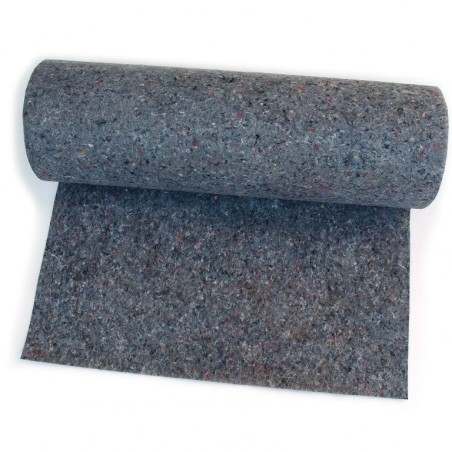The objectives of the present study were:
- to compare reproductive performance across parity and lifetime performance in sow groups categorized by the number of pigs born alive (PBA) in parity 1 and
- to examine the factors associated with more PBA in parity 1.
We analyzed 476,816 parity records and 109,373 lifetime records of sows entered into 125 herds from 2008 to 2010. Sows were categorized into 4 groups based on the 10th, 50th, and 90th percentiles of PBA in parity 1 as follows: 7 pigs or fewer, 8 to 11 pigs, 12 to 14 pigs, and 15 pigs or more.

For reproductive performance across parity, sows that had 15 or more PBA in parity 1 had 0.5 to 1.8 more PBA in any subsequent parity than the other 3 PBA groups (P < 0.05). In addition, they had 2.8 to 5.4% higher farrowing rates in parities 1 through 3 than sows that had 7 or fewer PBA (P < 0.05). However, there were no differences between the sow PBA groups for weaning-to-first-mating interval in any parity (P ≥ 0.37). For lifetime performance, sows that had 15 or more PBA in parity 1 had 4.4 to 26.1 more lifetime PBA than sows that had 14 or fewer PBA (P < 0.05). Also, for sows that had 14 or fewer PBA in parity 1, those that were first mated at 229 d old (25th percentile) or earlier had 2.9 to 3.3 more lifetime PBA than those first mated at 278 d old (75th percentile) or later (P < 0.05). Factors associated with fewer PBA in parity 1 were summer mating and lower age of gilts at first mating (AFM; P < 0.05) but not reservice occurrences (P = 0.34). Additionally, there was a 2-way interaction between mated month groups and AFM for PBA in parity 1 (P < 0.05); PBA in parity 1 sows mated from July to December increased nonlinearly by 0.3 to 0.4 pigs when AFM increased from 200 to 310 d old (P < 0.05). However, the same rise in AFM had no significant effect on the PBA of sows mated between January and June (P ≥ 0.17).
In conclusion, high PBA in parity 1 can be used to predict that a sow will have high reproductive performance and lifetime performance. Also, the data indicate that the upper limit of AFM for mating between July and December should be 278 d old.
R. Iida, C. Piñeiro, and Y. Koketsu. High lifetime and reproductive performance of sows on southern European Union commercial farms can be predicted by high numbers of pigs born alive in parity one. J. Anim. Sci. 2015.93:2501–2508. doi:10.2527/jas2014-8781






